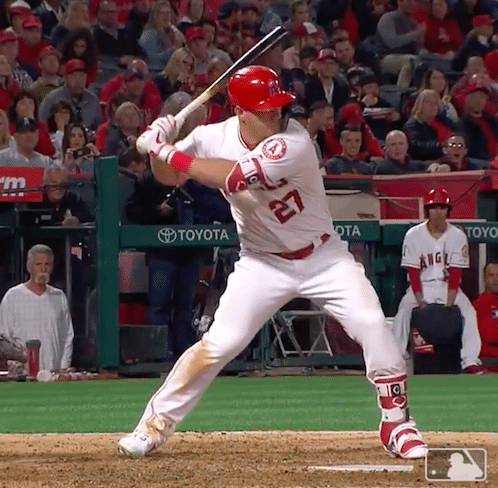
Hitting a baseball is a series of sequential and interconnected movements. Many of the issues hitters face at the plate begin early in the hitting / swing process. Today, we’re going to review several components of what we consider to be a proper “Load”. If you don’t start your swing by loading well, chances are it may not end well either. Losses in bat speed, power, poor sequencing, poor swing metrics and poor “adjustability at the plate” are all examples of issues that can be initiated with a poor load. The way we look at it, there are a few things you should DO well and couple of things you should make sure you’re NOT doing:
Make sure you DO well…
-
- Proper Setup / Stance
- Rear Hip Load
- Create Independent Hands
Make sure you don’t DO …
-
- Excess Negative Weight Shift
- High Elbow
Let’s review…
Make sure you Do well…
Set-up / Stance – Hitters tend to set-up in ways they feel most comfortable. In most cases they are simply doing what their body is telling them to do. However, we believe there is more to set-up and stance.
A word on Hip Internal and External Rotation (“Hip bias”) – There are different amounts of load and hinge that may work better during the set-up based off of an individual’s hip anatomy. In either case, every athlete has an optimal way to load and checking hip mobility during the assessment can help shed some light on which method may work better. The only way to really know is to experiment.
Retroverted (more ER than IR) – Due to more ER, these athletes can utilize a more vertical shin with a more flexed stride leg to help create a “counter-balanced” position when loading.
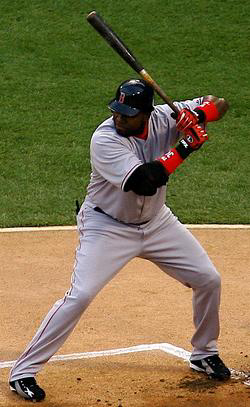
Antiverted (more IR than ER) – Due to more IR, these athletes can use a more angled shin when loading and generally require a less lifted or “flexed” stride leg when loading.
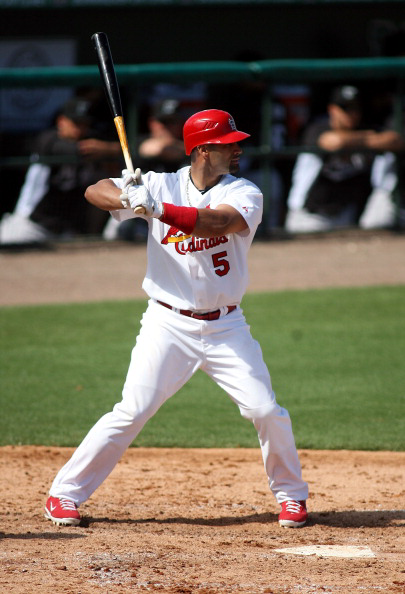
Rear Hip Load – The athlete’s load is initiated by coiling around the rear hip. The hip then continues to load and fires like a spring around the rear hip socket. This allows the hitter to carry tension throughout the entire stride phase while keeping the COM balanced, with the knees inside the ankles, and eventually release the stored energy into toe touch/foot plant.
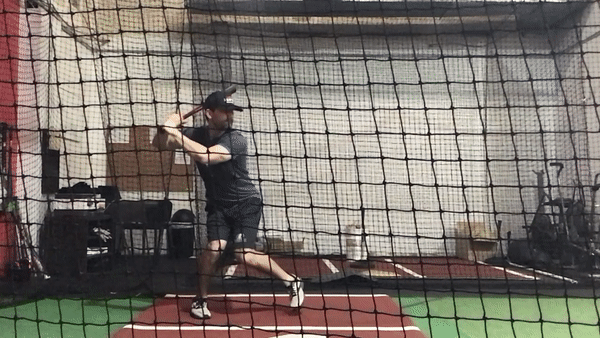
This can be generally observed at the end of the negative move, if the hitter is showing a hip hinge inside the rear ankle, then he’s loading the rear hip (creases in the pants near the back hip may be visible).
Regardless of stance style, the swing begins and fires in a spring around the rear hip socket. Knees should be inside the ankles from stance and continue throughout the stride in order to carry tension in the lower body throughout the stride to eventually be released into the upper body.
-
- Potential contributors to a poor hip load: Back hip ER/IR (athletes have different hip biases -some towards ER some IR), ankle mobility (eversion).
Create Independent Hands – Lack of Independent hands refers to the inability to create live and independent hands in the hitter’s positive move. As you can observe in the video below, the distance of the hands should grow as you move forward to help create a stretch reflex to increase lat length and help contribute to higher overall bat speed.
Independent Hands
The hitter’s ability to create independent hands during the positive move forward will allow him to maximize separation as well as give the hitter more time to make better decisions and create better adjustability.
This is achieved by moving the hands farther away from the pitcher as the body moves closer to the pitcher. Creating this stretch will also allow the hitter to sequence more efficiently and generate optimal power up the chain.
-
- Potential contributors to poor independent hands: Lat length, oblique strength, hip and scapular mobility/stability
Make sure you don’t DO…
Excess Negative Weight Shift – While different players have different styles, they all must position their weight on the inside of the feet in order to eventually load around the rear hip and get ready to move forward. Here is an example of an excessive negative weight shift.
This is an excessive lower body lateral movement “away” from the pitcher during the negative move that forces the weight to the outside of the back foot. This throws off the timing of the lower body.
-
- Potential contributors to an excessive shift: poor back hip IR, poor ankle mobility (eversion), inefficient back leg abductor strength, poor t-spine rotation
Excessive
Appropriate
High Elbow – This is caused when a hitter’s elbow is sticking out behind the hitter’s hand at toe touch. This makes it necessary to create an inefficient second move or “push” instead of a “pull” with the hands which can greatly reduce the velocity of the bat.
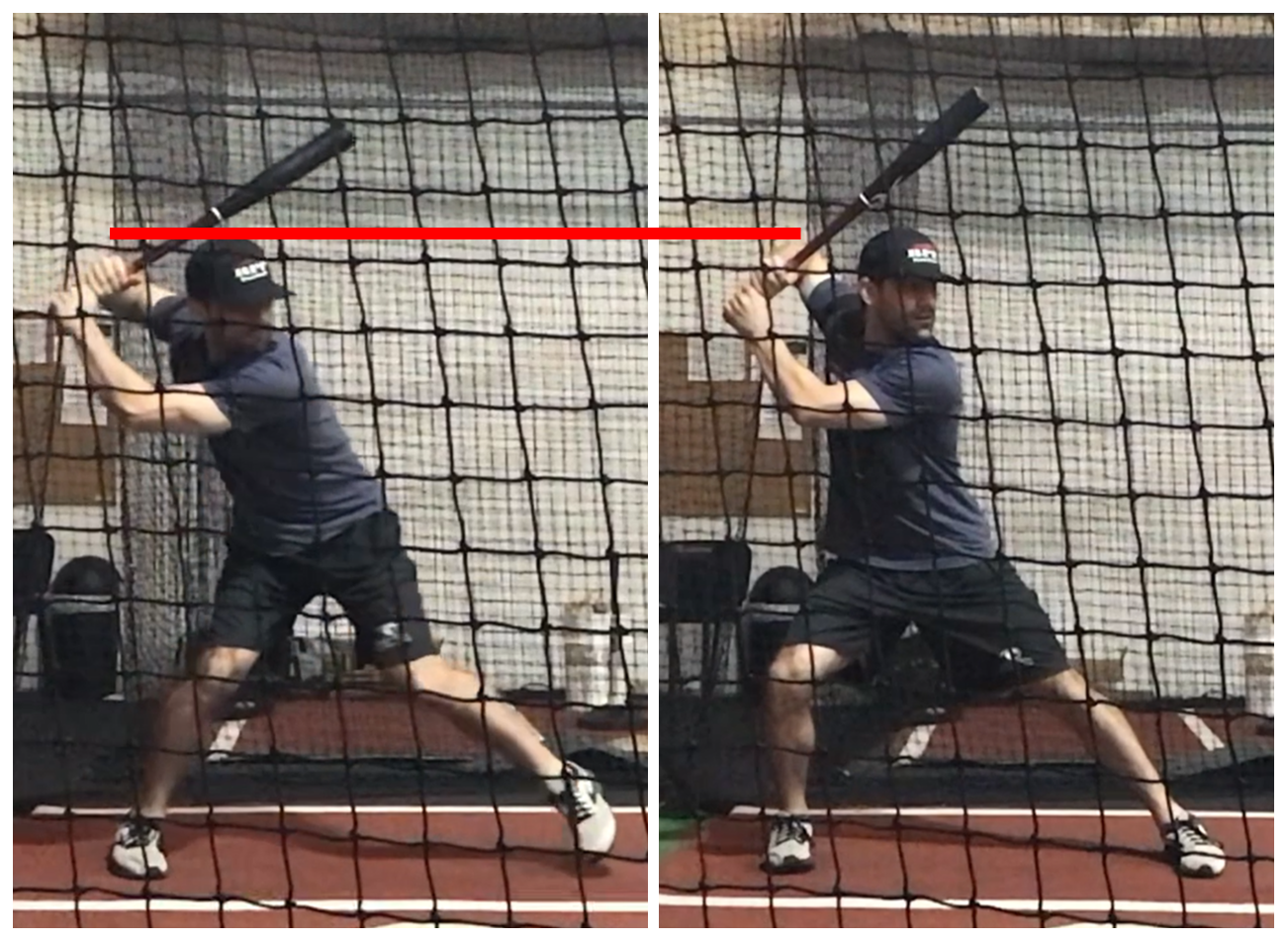
-
- Potential contributors to a high elbow: Tight Lats, inefficient core strength, poor scapular mobility/stability.
Summary
A proper load represents the beginning of proper swing mechanics. Any inefficient movement during the load can set off compensatory movement further down / later in the swing. These can include losses in posture, hanging back or a poor lead leg block. These can also present themselves as mis hit balls swings and misses, poor bat speed, power and a high attack angle just to name a few.
See ya in the gym.
By Nunzio Signore, Andrew Pezzutto and Bahram Shirazi
You live too far to train with us in-house at RPP? You can now train with us on a REMOTE basis.


